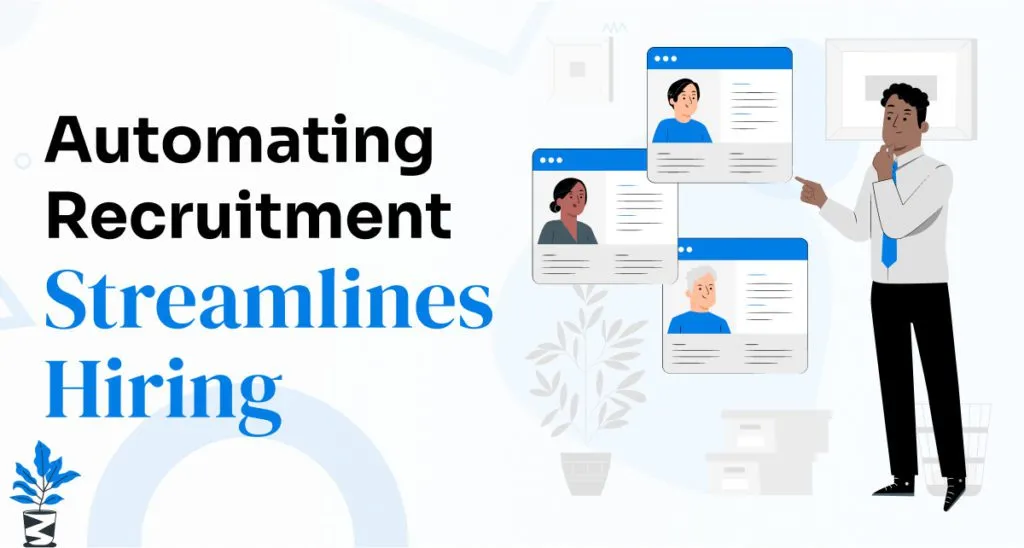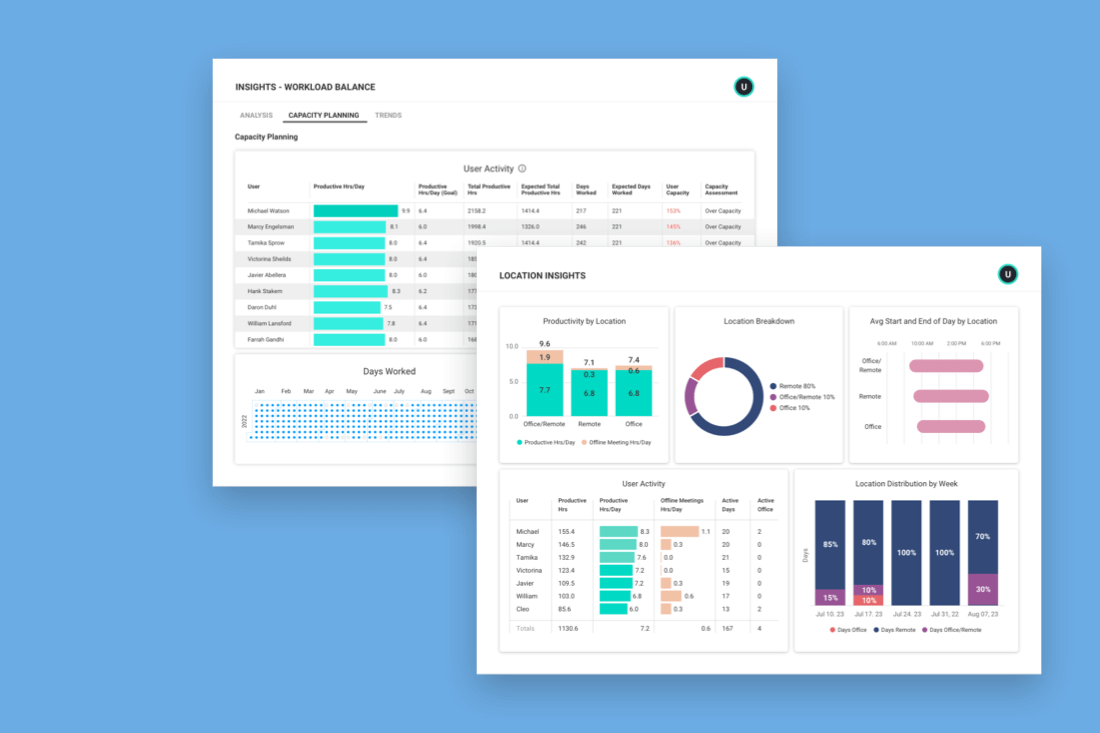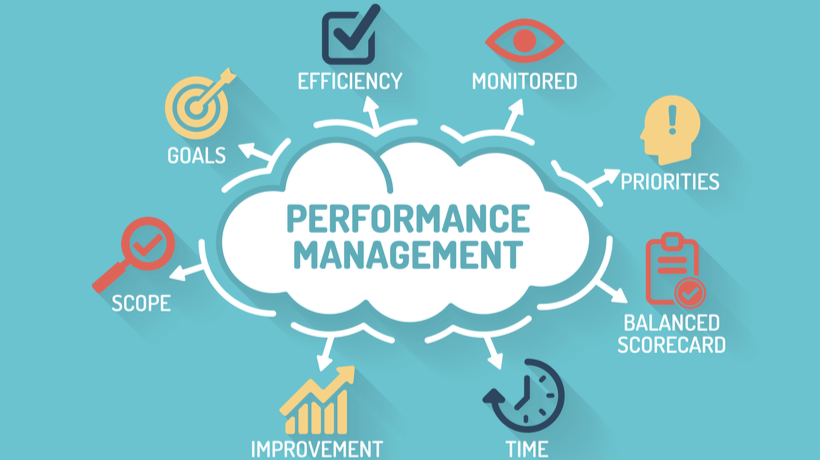Cloud computing in healthcare helps medical facilities store and manage data on remote servers, rather than on local hardware. This approach lets hospitals, clinics, and other health organizations deploy software tools more quickly, scale up or down based on patient demand, and reduce the need for costly on-site equipment. By using specialized services, teams can access medical records, schedule appointments, and analyze population trends from any secure, internet-enabled device.
This article explores how cloud computing in healthcare affects care delivery, highlights critical advantages and potential drawbacks, and describes the best steps for a smooth adoption. You will find an FAQ section, references and user reviews.
What Is Cloud Computing in Healthcare?
Cloud computing in healthcare involves shifting data, applications, and services off physical servers onto remote data centers. These facilities use powerful machines and backup measures to ensure stable, secure access at all times. Users connect via the internet, logging in with credentials that protect sensitive patient information.
Key Components Include:
- Data Storage – Patient records, lab results, and imaging files saved on off-site servers.
- Software-as-a-Service (SaaS) – Ready-to-use applications for billing, scheduling, or telehealth running in a browser.
- Infrastructure-as-a-Service (IaaS) – Computing resources on demand, such as virtual machines and scalable server capacity.
- Platform-as-a-Service (PaaS) – Tools to build custom healthcare apps without handling underlying server management.
- Security Protocols – Encryption, access controls, and compliance frameworks integrated to protect patient data.
By letting external vendors handle server maintenance, healthcare entities can reallocate resources toward patient care improvements.
Why It Matters
Healthcare facilities worldwide see an explosion in data, including EHRs (Electronic Health Records), imaging scans, and real-time patient tracking. Traditional IT setups can struggle with such loads, forcing staff to spend time maintaining hardware rather than improving services. Cloud computing meets this challenge by:
- Scaling Rapidly: Facilities can expand or reduce computing power during busy seasons or special projects.
- Supporting Telehealth: Remote tools let clinicians consult with patients through secure video links, supported by cloud infrastructure.
- Reducing On-Site Costs: Outsourcing to cloud servers cuts the budget needed for physical data centers, cooling, and hardware upgrades.
- Boosting Data Sharing: Teams collaborate by accessing the same files, avoiding conflicting versions.
- Accelerating Analytics: Cloud-based dashboards and AI engines help interpret patient data and spot trends faster.
These points enhance day-to-day outcomes, allowing healthcare professionals to focus on delivering quality treatment rather than wrestling with tech limitations.
Benefits of Cloud Computing in Healthcare
Cloud computing has revolutionized the healthcare industry by delivering scalable, efficient, and secure IT solutions. Some of the key benefits include:
- Enhanced Data Accessibility: With cloud-based systems, healthcare providers can access patient data and medical records anytime and anywhere. This real-time accessibility supports better decision-making, especially during emergencies.
- Cost Efficiency: Cloud solutions reduce the need for costly on-site hardware and maintenance. Providers can shift to a pay-as-you-go model, lowering capital expenditures while increasing operational efficiency.
- Improved Collaboration: Cloud platforms facilitate seamless collaboration among different departments and even across institutions. Secure data sharing leads to improved patient outcomes and more coordinated care.
- Scalability and Flexibility: As patient data grows, cloud systems can easily scale to accommodate increased storage and processing needs. This flexibility helps healthcare organizations respond quickly to evolving technological demands.
- Enhanced Security and Compliance: Advanced cloud security measures—such as encryption, multi-factor authentication, and regular security audits—help protect sensitive patient information. Many cloud service providers also ensure compliance with healthcare regulations like HIPAA.
Data-Driven Insights: Cloud computing supports the integration of big data analytics and machine learning tools, allowing healthcare providers to extract valuable insights from large datasets. This can lead to improved diagnostics, personalized treatment plans, and predictive healthcare models.
Potential Drawbacks
Though cloud computing in healthcare brings clear rewards, risks and issues remain. Careful planning can help offset these obstacles:
- Data Security Concerns
- Risk: Breaches could expose sensitive records, damaging patient trust.
- Advice: Use strict encryption, periodic audits, and strong identity checks.
- Connectivity Dependence
- Risk: If the network goes down, clinicians may lose access to vital information.
- Advice: Prepare backup internet solutions or partial offline capabilities.
- Vendor Lock-In
- Risk: Custom features sometimes create barriers to switching providers.
- Advice: Clarify data-export processes and look for open standards before signing lengthy contracts.
- Integration Gaps
- Risk: Legacy hospital software may not sync smoothly with new cloud tools.
- Advice: Allow time for custom connectors or staged migrations.
- Ongoing Subscription Fees
- Risk: Over time, recurrent cloud bills can be higher than expected.
- Advice: Track usage, negotiate contracts, and compare the total cost of ownership with on-site solutions.
By recognizing these pitfalls early, healthcare organizations can structure their projects to avoid major disruptions.
Healthcare Cloud Services
Healthcare cloud services encompass a wide range of applications that support clinical, operational, and administrative functions. These services include:
- Electronic Health Records (EHR) Systems: Cloud-hosted EHRs provide healthcare professionals with secure and easy access to patient records, enabling timely interventions and continuity of care.
- Telemedicine Platforms: Cloud infrastructure supports robust telehealth solutions that connect patients and providers remotely. This is particularly important for rural or underserved areas.
- Medical Imaging Storage and Analysis: The cloud offers a cost-effective solution for storing large volumes of medical imaging data. Advanced analytics tools can also be applied to enhance image interpretation and diagnosis.
- Patient Portals: Cloud-based patient portals empower patients to view their health records, schedule appointments, and communicate directly with their care teams, leading to improved patient engagement.
- Disaster Recovery and Business Continuity: By utilizing cloud services, healthcare organizations can ensure that critical data is backed up and quickly recoverable in the event of a disaster, minimizing downtime and maintaining patient care.
- Research and Data Sharing: Cloud platforms facilitate collaboration between research institutions, enabling the sharing of anonymized data for clinical trials and large-scale studies that can drive medical innovation.
How to Implement Cloud Computing in Healthcare
Introducing cloud platforms requires a systematic plan. A straightforward method reduces confusion and boosts staff confidence:
- Evaluate Your Needs
- Identify top priorities, such as EHR hosting or telehealth services.
- Align desired features with strict compliance obligations.
- Assess Current Infrastructure
- Document existing hardware, software tools, and workflows.
- Pinpoint bottlenecks or outdated systems that need replacement.
- Select a Suitable Vendor
- Compare pricing, security credentials, and healthcare-specific features.
- Check references from similar organizations.
- Pilot a Small Department
- Test new setups with a focused group.
- Gather feedback, measure performance, and fix any data migration issues.
- Train Staff
- Provide hands-on sessions or quick guides.
- Show employees how to manage cloud-based dashboards or file-sharing.
- Scale Gradually
- Move additional departments, ensuring minimal disruption.
- Monitor usage and budget for new modules as needed.
- Review and Refine
- Track metrics such as staff satisfaction, error rates, or patient waiting times.
- Adjust configurations, permissions, or vendor services based on results.
This sequence clarifies roles, tasks, and timelines, making it easier to detect small problems before they escalate.
People Are Always Asking
“Is Cloud Computing Secure Enough for Healthcare?”
Leading providers implement high-grade encryption, intrusion monitoring, and compliance frameworks aligned with HIPAA or GDPR. Still, organizations must manage staff access, update software regularly, and follow robust internal security policies.
“Can Smaller Clinics Also Benefit?”
Yes. Even smaller practices gain from eliminating expensive server upkeep and tapping advanced capabilities like AI-driven patient records. Cloud options often let them pay for only what they use, leveling the playing field with larger institutions.
“How Does This Improve Patient Outcomes?”
Faster data sharing and analytics-based insights lead to better diagnoses, fewer delays, and personalized care. For instance, a doctor can quickly cross-reference a patient’s new symptoms with data from past tests.
User Reviews
- Telehealth Startup
“We launched a remote consultation app supported by cloud servers. Our team can scale bandwidth when patient demand spikes, and we appreciate not worrying about server breakdowns.” - Regional Hospital System
“We migrated EHR data to a secure cloud platform. Staff find it easier to access records across multiple locations, but we had to invest time in training everyone on new processes.” - Clinic Network
“Our clinics share scheduling tools in real time. The biggest difference is how quickly we update appointment slots. We had minor integration hiccups with older billing software, but the overall transition was smooth.”
These accounts show that while projects have unique hurdles—like staff education or integration complexities—many providers see tangible efficiency gains and better communication.
References
- HIPAA Journal – Offers advice on data security and regulatory compliance in healthcare.
- Microsoft Cloud for Healthcare – A resource for cloud-based analytics, patient engagement, and secure collaboration.
- Official GDPR Site – Details privacy rules that impact how patient data is collected and processed in certain regions.
Frequently Asked Questions (F&Q)
- Does Cloud Computing Replace On-Premises Servers Entirely?
- Not always. Some providers keep a hybrid model, storing sensitive data on local machines while leveraging the cloud for analytics or backups.
- What About Performance Issues?
- Reputable vendors design scalable networks. However, on-site bandwidth matters. A slow internet connection can hamper data retrieval times.
- How Do We Compare Costs Over Time?
- Include subscription fees, staff training, hardware reductions, and downtime risks in a total cost of ownership (TCO) calculation.
- Is Telehealth Supported by All Cloud Services?
- Many platforms offer telehealth modules. Others allow integration with third-party applications for video calls and remote monitoring.
- Can We Customize Cloud Tools for Our Specific Needs?
- Leading vendors provide flexible dashboards and APIs. For more specialized requests, facilities might pay extra for development or integration.
Explore Healthcare Solutions
For more insights on how advanced tech can reshape patient care and data handling, visit our service page. You will find details about streamlined health systems, best practices, and secure workflows.
Final Thoughts
Cloud computing in healthcare opens new possibilities for managing data, automating administrative tasks, and extending patient services. Whether it involves telehealth consultations or round-the-clock data access, these platforms let healthcare teams focus on care quality, not server upkeep.
Still, migration challenges include data integration, security compliance, and the ever-present threat of rising subscription costs. Healthcare administrators who address these areas early are more likely to reap the rewards of smoother communication, quicker diagnoses, and better outcomes. By collaborating with reputable vendors, training staff thoroughly, and running pilot programs, organizations can embrace cloud computing in a way that truly elevates patient care.









